When is it that being big is too big? When will it happen that Cirque du Soleil unhappily realizes, as it explodes to 22 shows across the globe (including an octet on the Strip), a 3D movie in production and contributions to the Super Bowl and the Oscars in a single month, that it has sacrificed its edge?
Daniel Lamarre hopes never to find out.
“We don’t want to be big. Being bigger is not an objective for us,” says the president and CEO of Cirque du Soleil. “Being better is an objective for us. We don’t like to be called ‘big,’ we don’t like to be called ‘multinational’ because we don’t feel that way.
“The way we feel is that we still nurture a small group of people.”
Lamarre was in Las Vegas for the dual purpose of celebrating the 18th anniversary of “Mystere” at Treasure Island, and, more pertinent, the announcement that the rock-opera production “Zarkana” would be moving into Aria to replace “Viva Elvis.”
The Cirque-Elvis experiment at Aria ends Aug. 18. “Zarkana” opens for previews Oct. 25, a swift load-out, load-in schedule made possible because the stage configuration at the Aria theater is similar to that of Radio City Music Hall, where “Zarkana” is currently staged (tickets are set to go on sale in mid-April at the Cirque and Aria websites, or by calling 702-531-3800).
“Zarkana” is presented as a mix of circus acts and seamless, surreal scenes punctuated by dazzling video imagery and rarefied acrobatics -- expect a more hard-edged variation of what Cirque has established in town. Elton John collaborator and electronic music trailblazer Nick Littlemore is the show’s composer and music director, and Sir Elton (who was reportedly initially approached to write the show’s entire score) has contributed to the song “Whenever” to the production.
“Zarkana” also has played to impressive acclaim and ticket sales in Moscow and Madrid. As Lamarre is eager to note, Cirque du Soleil has delivered to MGM Resorts, whom he consistently refers to as “our most important partner,” a show that has moved more than $1 million tickets in three wildly diverse metropolitan regions.
It is a somewhat staggering concept, $1 million in ticket sales, considering the relationship between Las Vegas and Cirque started 20 years ago in the Mirage parking lot with the tented circus show “Nouvelle Experience,” which was akin to the “Absinthe” of its time.
Always bounding for the next great thing, Cirque is holding up “Zarkana” as the latest example of the groundbreaking creative force the company has represented for more than 25 years. But size and success can often breed complacency and provide an opportunity for upstart performance companies to chip away at Cirque’s reputation as the world’s leader in live visual imagery and acrobatic-fashioned productions.
Lamarre, in his always detectable French accent, is pointed in his contention that Cirque will never rest, creatively or otherwise.
“You have no idea how much we are investing in research and development, and casting, and all of that for that reason,” Lamarre says. “I don’t want to wake up one day and hear someone say, ‘Cirque was great in the ’90s and the early 2000s, but now there is this other company doing better.’ The only way to protect ourselves from that is to do what we are doing -- to invest in R&D.”
In 2011, Cirque embarked on a nine-month developmental effort with “imagineers” from Disney Parks and Resorts. Cirque and Disney have previously collaborated on the show “Zed,” which closed in December at Tokyo Disney Resort in Japan. Cirque and Disney also partner in the production “La Nouba” at Disney World in Orlando, Fla.
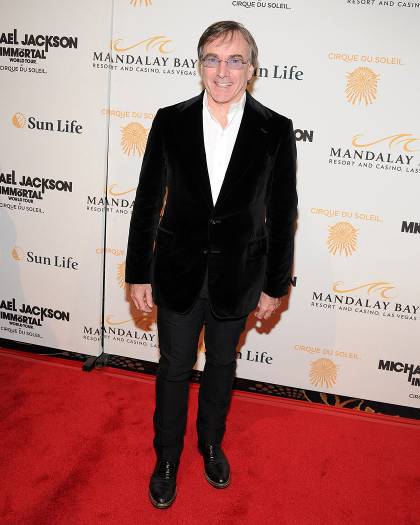
Daniel Lamarre at the "Michael Jackson: The Immortal World Tour" red carpet at Mandalay Bay on Dec. 3, 2011.
“We had a workshop last year where I sat down with the president of Disney (Tom Staggs, president of Disney Parks and Resorts) and he says, ‘You know, we think at Disney we are very good in technology, but we think that you -- Cirque -- are the best in human performance. Can we have our people work together?’ So we put the Disney imagineering people with the Cirque people, and we said, ‘Figure it out.’ ”
The effort was merely a joint task force for creative exploration. Three weeks ago, Lamarre and Staggs watched in astonishment at what havoc their creative people had wrought.
“I was in Burbank, at Disney Imagineering, and I was flabbergasted to see what our people and their people have been working on together for nine months,” Lamarre says. “I thought I would just see ideas. No, no, no, they showed us performances of five new technologies with robots and 3D. They showed it to us live, and the president of Disney and I were looking at each other saying, ‘Oh my God, we have an axis of development for the next five to 10 years.’
“And that’s what makes me feel good. We’re not sitting on our laurels, saying, ‘We’re the big Cirque du Soleil!’ ”
Cirque also is scouring universities -- 21 in all in the United States and Canada -- seeking the best and brightest creative ideas.
“We will walk into an engineering class and say, “If you can make this chair fly, we’ll buy it, because we are interested,” Lamarre says. “That’s what we do all the time.”
Lamarre also invokes the creative approach of Cirque founder Guy Laliberte.
“We say, “Guys, get crazy. Create a new show,’ Guy Laliberte will kill to perfect that,” Lamarre says. “He doesn’t want to hear about the business side or the administrative side. He just cares about pushing, again, the boundaries of our creativity. He says, ‘Guys, when I created Cirque, I was 25 years old. I am 52 now. I’m no longer 25 years old. Get me kids who are in their 20s or early 30s who are dreaming to do the next thing.’ You have no idea how obsessed we are about that.”
Recently, there has been a distinct anti-Cirque pushback in Las Vegas from producers and performers who say the company has simply outgrown its capacity to viscerally connect with an audience. Lamarre strongly argues to the contrary.
“The backlash is not coming from the public. If I were to have backlash from the public, I would be very concerned,” he says, nodding to Cirque’s undeniably strong ticket sales in Las Vegas in the face of the worst recession the city has seen. “The only thing the public cares about is if they like the show, or they don’t like the show.”
Cirque’s mission, established more than a quarter-century ago, remains as clear at the watery stage in “O.”
“It doesn’t matter how big we are or how smart we are,” Lamarre says. “At the end of the day, it’s the public that is the ultimate judge. Our job is to understand that, always.”
Follow John Katsilometes on Twitter at Twitter.com/JohnnyKats. Also, follow “Kats With the Dish” at Twitter.com/KatsWithTheDish.
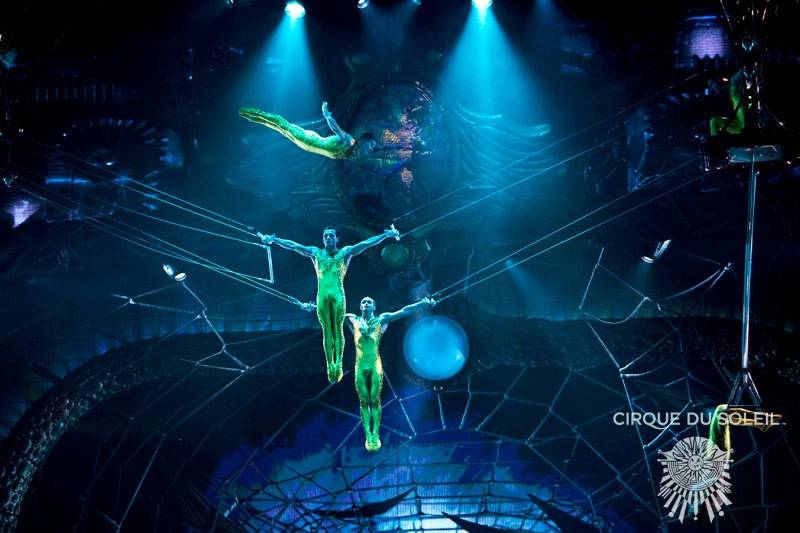




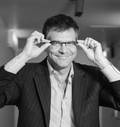

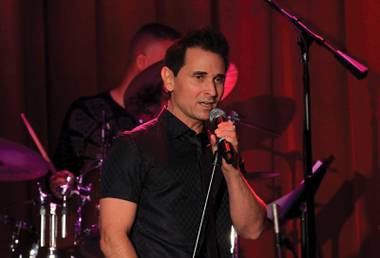
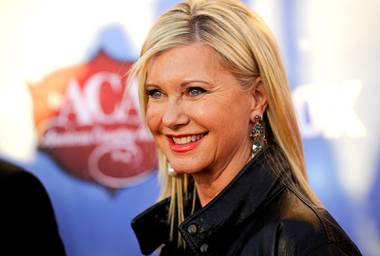
Previous Discussion: